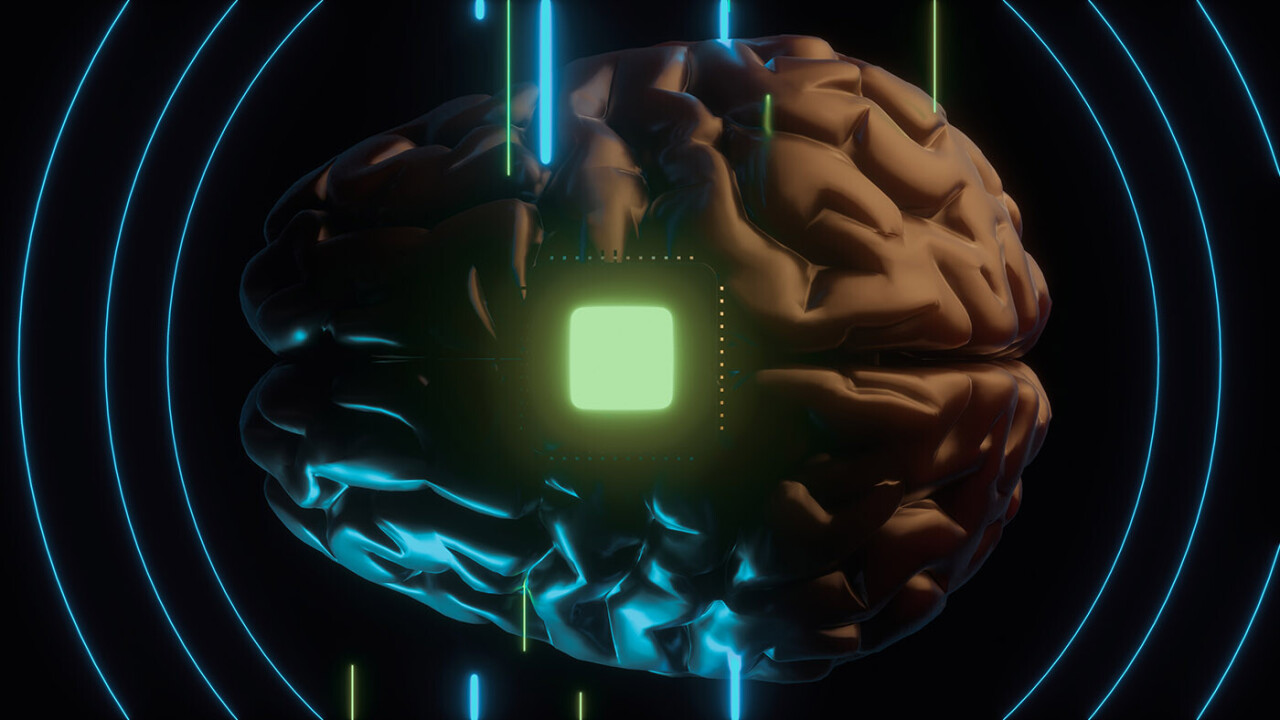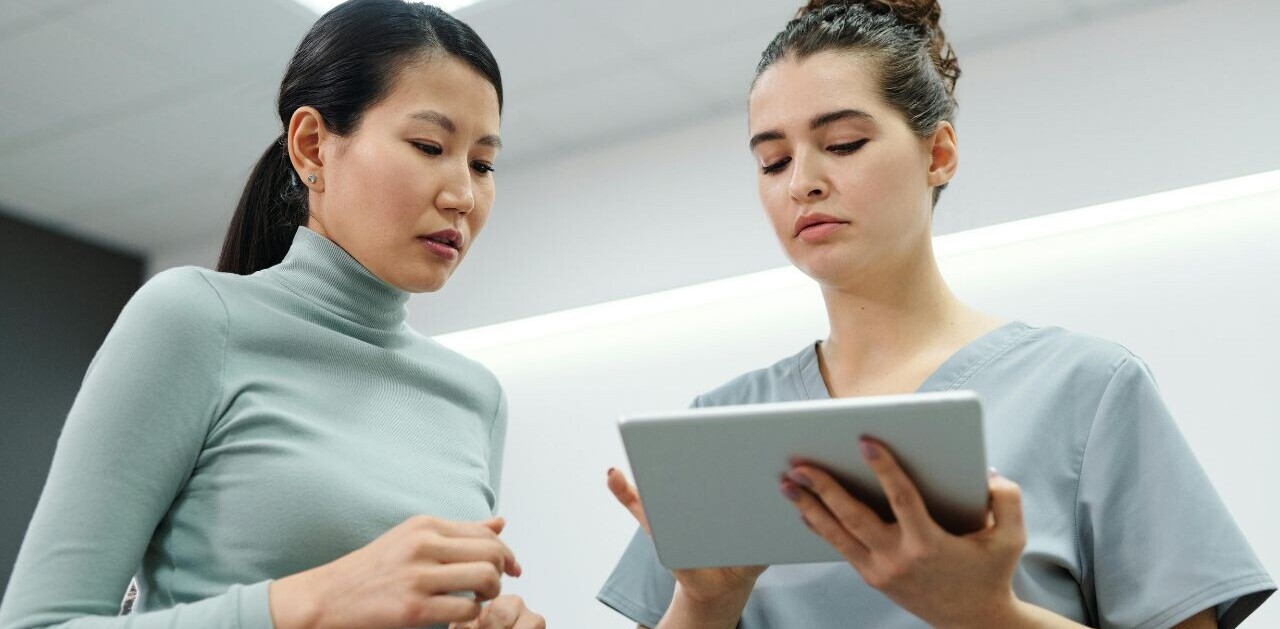“Our consciousness is everything. You become what you think about.” — Buddha
In the few minutes that you are reading this article, I will tell you about a completely new type of artificial intelligence, I will name the design features and advantages, I will outline the immediate prospects and possible long-term consequences of the introduction of this technology into real life. Together we will touch the future.
This article is the fourth in a series on the nature of human intelligence and the future of artificial intelligence systems. In the previous article, “The secret of human intelligence,” we found out that human intelligence can work as a classical binary system-symbiosis, functioning due to the structural features of transmembrane proteins in ion channels of brain synapses.
At first glance, it might seem that this new and generally extraordinary neurophysiological concept is of interest only to doctors and biologists. But in fact, this idea from the world of neurophysiology opens the opportunity for us to create a very unusual artificial intelligence.
A new type of AI: technological symbiosis against traditional electronic systems
The existing systems of artificial intelligence, with all their features, have one thing in common: they are all built as single vertically controlled electronic complexes that operate using algorithms of varying complexity. Centralized control is an irresistible property of any man-made electronic computing system. We simply do not know how to build otherwise.
But what if we replicate the maneuver of nature and instead of the next modernization of the vertically integrated electronic system, we follow the path of unification to create a technological symbiosis of the human brain and the computer system?
If nature, the creation of our mind went along the path of symbiosis (combining the reflexive and intellectual components). And perhaps this is the shortest and most effective method of modernizing intelligent systems.
A new AI system for individual users
A new type of artificial intelligence will become a bioelectronic hybrid, in which a living human brain and a machine will work together in a dual complementary system. Both components will complement and reinforce each other, creating something completely new that neither nature nor designers of fully electronic systems have encountered before.
We will get acquainted with a new type of artificial intelligence of an individual type, built around a neurocomputer interface that directly connects the neurons of the human brain and a computer.
How will the neurocomputer interface work?
Despite the mesmerizing prospects of this direction, there have been only a few attempts in the world to create an interface connecting the human brain and a computer directly. One of the most famous was Elon Musk’s Neuralink. The weakness of these projects is that they follow the traditional surgical pathway and, as a result, fail to overcome two fundamental obstacles.
The first obstacle is the inaccuracy of individual interpretation of local foci of brain activity. Simply put, the brain of each of us is to a certain extent unique, if we talk about which groups of neurons are responsible for specific functions. But this is still half the trouble. Worse is that, thanks to plasticity, the detailed picture of brain activity is constantly changing.
The second, and truth be told, the main obstacle is the signal crossover point. Basically, this is where the artificial electronic signal becomes a biological nerve impulse and vice versa.
How to get rid of wires and surgeons
In the new artificial intelligence system, the transmitting and receiving parts of the neurocomputer interface will be completely separated and, in fact, will be two completely different communication mechanisms.
From biological tissue to silicon
The receiving part (responsible for receiving a signal from biological tissue) will be a network of inactive marker objects (ultra-small nano-sized beacons integrated into living tissue) whose state will be remotely monitored by an active external component of the system (scanner). A marker object is a biologically neutral molecular structure (in the field of view of an external scanner), which changes its conformational state in the presence of a nearby weak electrical charge (a neuron at the stage of pulse generation). This technological technique will allow replacing the direct transmission of a signal from living neurons to a computer system for the transmission of information about the existence of such a signal. This will turn the receiving part of the neurocomputer interface into a non-invasive (non-traumatic) mechanism. In such a scheme, there is no need to do expensive surgical procedures, and molecular markers can be injected into the body using a simple intravenous injection.
From machine to biological tissue
The transmitting part (on the way from the computer to the biological tissue) will remotely transmit the signal only to synapses, and not to neurons, as they are trying to do now. The transmitting part of the interface will use marker objects (beacons of the receiving part) as points of orientation in space (addresses of neurons) and sources of feedback.
Interestingly, the signal that will only be transmitted to synapses must be of a non-electrical nature. This will allow us to generate an artificial signal (nerve impulse) in the neurons of the brain that is completely identical to the physiological one. As a result, the neurons of the human brain will experience stimulation of synaptic plasticity and, as a result, they themselves will actively participate in the formation of lines of dynamic interaction with the transmitting part of the neurocomputer interface. The brain tissue itself will build a connection with the transmitting structure of the interface.
In addition, to install such an interface, a person will not need to use the services of highly qualified medical personnel, which will make the system convenient for most users.
What does The Matrix movie have in common with the new AI?
It is important to understand that the described scheme will allow controlled excitation and monitoring of the response of a single neuron. This discreteness means that the bandwidth of the interface will be enough to transmit directly to the human brain an artificial reality that is completely indistinguishable from physiological. You will be able not only to see, hear and feel the artificial reality but also actively move in it in the same way as in the real physical world.
Instead of words and letters, only a nervous impulse
Thanks to the new type of neurocomputer interface, the brain and the computer will be able to exchange data directly, without using intermediate communication protocols like sound commands or letter symbols. The brain and the computer will exchange information using a set of impulses of immediate meaning, without symbolic interpretation. As a result, interacting with a machine will feel more like working with intuition than interacting with an electronic device. Mutual adaptation of components (brain and machine) will take quite a long time (from several months to a year), but it will allow ignoring the language barrier and even literacy. Unlike modern computers, even a person who cannot read and write can use the new personal AI system.
Not just an interface
The neurocomputer interface, although the most important part of the complex, is not the only feature of the new artificial intelligence system. When we say a machine or an electronic component of symbiosis, we are talking about a software package that bears little resemblance to traditional artificial intelligence systems.
The core of the electronic part of the new system will be a rather unusual program that works based on direct streaming communication of templates (pre-prepared answers). Since this program will not actually do any calculations, the core of the system will be able to maintain tremendous performance that allows it to create a gigantic volume of data exchange required for synaptic discreteness. Other components of the software package will be enhanced deep learning utilities that do not directly participate in the dialogue with the biological tissue of the brain but provide service and individual adaptation of the core streaming program.
Artificial intelligence of a new type will be individual not only because it will be designed to work with one user, but also because it itself will be the result of direct adaptive interaction of the learning software package with the living brain of a particular person.
In fact, the machine, gradually adopting the behavioral habits of a particular person, will become its artificial reflex (unconscious) part, while the biological brain getting used to the machine (with the help of synaptic plasticity) will increasingly rely on the strength and capabilities of the computer system. In general, thanks to the imperceptible, but constant work of the neurocomputer interface, we will see how a biotechnological neurocomputer symbiosis is formed: a new type of artificial intelligence.
The magic of emergence
Creating artificial intelligence by combining fundamentally different elements (biological tissues and an electronic system), we will be able to achieve the maximum effect of emergence (the birth of new properties that are not inherent in the combined elements separately).
Biotechnological symbiosis will have properties unattainable for a biological brain and a computer system separately.
The human brain is very slow and frankly weak in terms of information processing, an intelligent mechanism, but the biological system has plasticity, creativity, and energy efficiency unattainable for electronic systems. Plus, the living brain is a very experienced tactician who knows very well how the reality of the surrounding three-dimensional space works.
On the other hand, computer systems not only process information faster than us, in fact, in terms of signal transmission speed, they exceed biological tissue by 3 million times! Add to this a digital memory capable of clearly and without failures to manipulate an unimaginable amount of digital data and the ability to easily enter direct communication with any technical device or the Internet.
All this suggests that combining the human brain and computer system into a single complex of artificial intelligence will not only increase their overall efficiency but will create a completely new unusual system: a new type of artificial intelligence.
By combining the brain and the machine, we will see how the real magic of new properties is born: the magic of emergence.
Why is such a system needed right now?
The main reason is the monstrous information explosion. Today, the amount of digital data on the Internet is doubling every 18 months. During the period from 1997 to 2002, mankind produced more information than in the entire previous history.
Now the same amount of data is generated in just a few months. Humanity as a consumer of information is catastrophically lagging itself, and this imbalance is growing literally every minute.
In fact, a person now needs no new information as a product but help in the conditional “digestion” of this product
It is this fact that opens a window of opportunity for new technology. Your personal artificial intelligence system will give you the ability to analyze the entire array of information available on the Internet, and not just what is on the first page of Google search results.
The growing volume of information that humanity creates will make it possible to create millions of IAIs (individual artificial intelligence systems) with ever-increasing performance.
The information consumption of a person equipped with his own AI will be thousands of times greater than the traditional information consumption based on biological (sign or acoustic) communication systems.
Your own artificial intelligence— expect not only new ways to searching the web…
This article is not just about a new system, we are talking about a fundamentally different concept of artificial intelligence (AI). Your individual artificial intelligence system will know you, your personality, your requests, and preferences more accurately and clearly than you, it will be a part of you and at the same time your creation and extension: your digital shadow.
Man will become a living being of a new type
After 5-10 years of coexistence, the complementarity of AI components (brain and computer system) will reach such a level that several complex behavioral and communicative complexes (such as mechanical work or driving a car) can be carried out by the system reflexively (automatically). As a result, a person will be able to perform a huge number of routine actions without straining at all.
The economic business landscape is changing beyond recognition
A personal artificial intelligence system will replace a computer, smartphone, autopilot in a car, and much more. Any human skill and knowledge will become available for purchase or sale in a few minutes on the Internet. The painstaking and exhausting training we are accustomed to will gradually become unnecessary. Most disabilities will lose their limiting component.
Instead of an epilogue…
Describing the properties of the new system, I understand that many people find it difficult to believe in the reality of such a technology. But in fact, behind this concept is a huge amount of scientific work done at the end of the last century. Over the past two decades, I have been able to piece together all the details of this extremely complex interdisciplinary project and, based on new data, find solutions for previously unrealizable structural elements.
I understand that the traditional model of neurocomputer interface based on surgical implantation is simpler and more understandable than the idea of using molecular beacons and transmembrane proteins at synapses. But I do not lose hope and continue to look for an opportunity to translate the unthinkable into reality.
Everyone expects a strong AI to be built by an engineer, but in reality, a doctor might be standing at the cradle of real AI.
This article was originally published by Dr. Oleksandr Kostikov on TechTalks, a publication that examines trends in technology, how they affect the way we live and do business, and the problems they solve. But we also discuss the evil side of technology, the darker implications of new tech, and what we need to look out for.
Dr. Oleksandr Kostikov is a medical doctor by education. He previously worked in a research group dealing with molecular systems in human neocortex synapses at the Department of Physiology of the State Medical University and the Department of Physics of the Ivan Franko University in Lviv, Ukraine. He is now in Canada, where he is working on a new theoretical concept about the nature of intelligence but also allows that aims to to create a completely new unusual type of artificial intelligence.
You can read the original article here.
Get the TNW newsletter
Get the most important tech news in your inbox each week.






